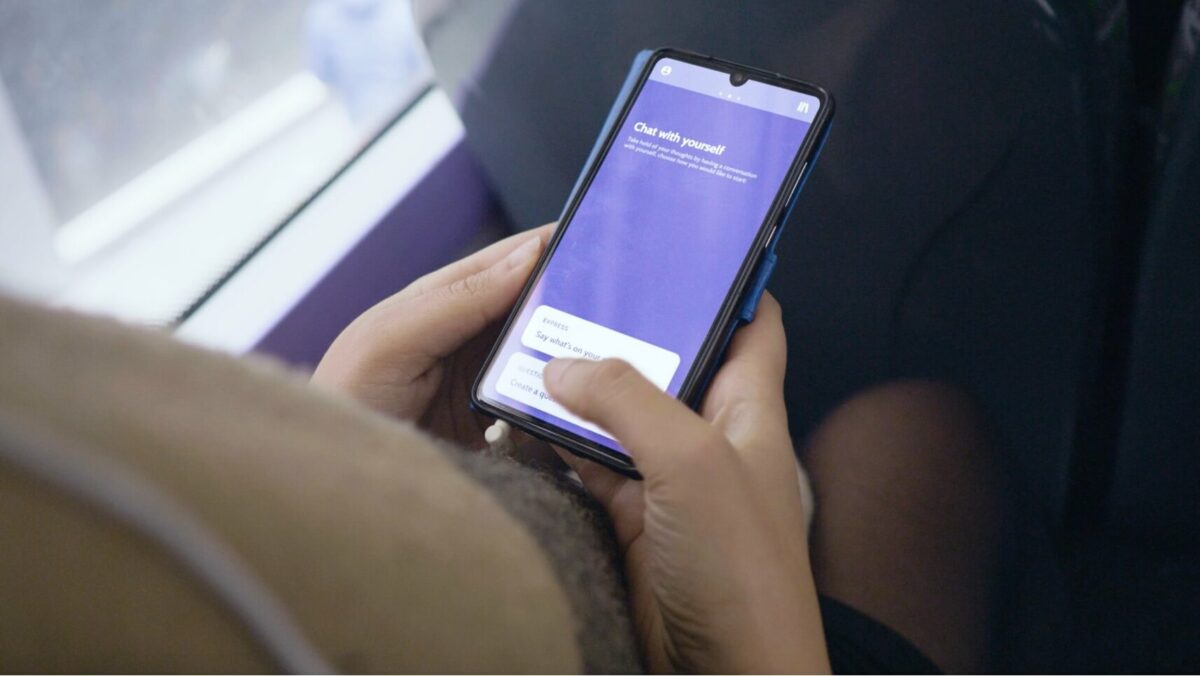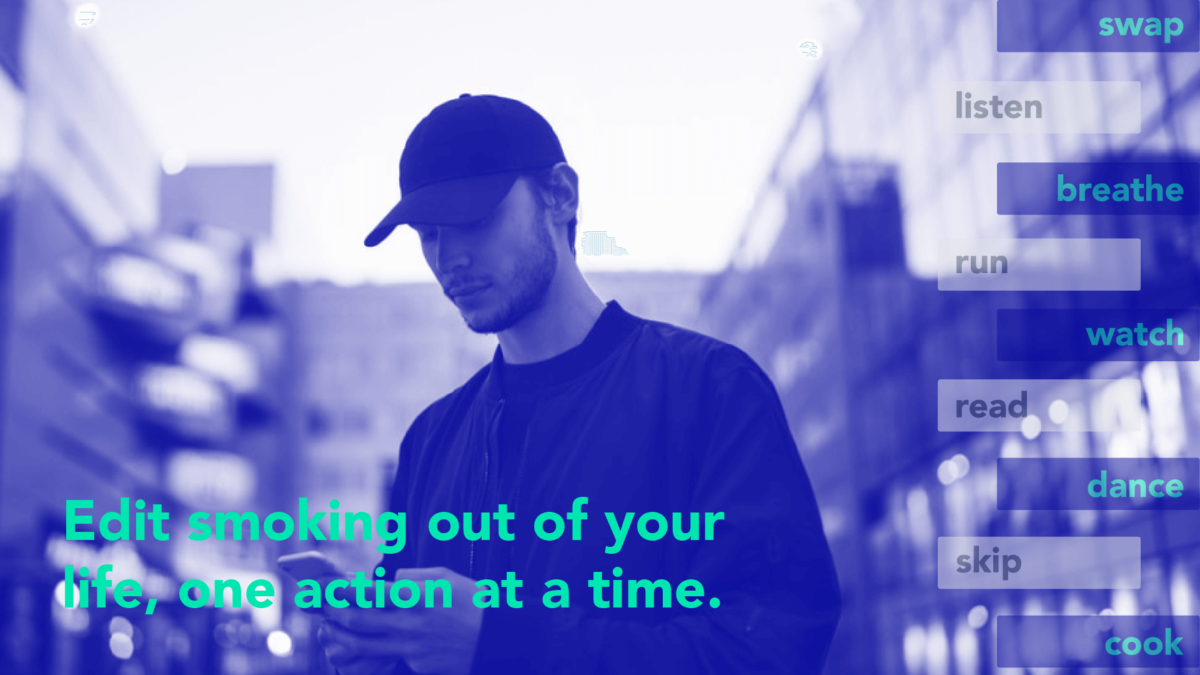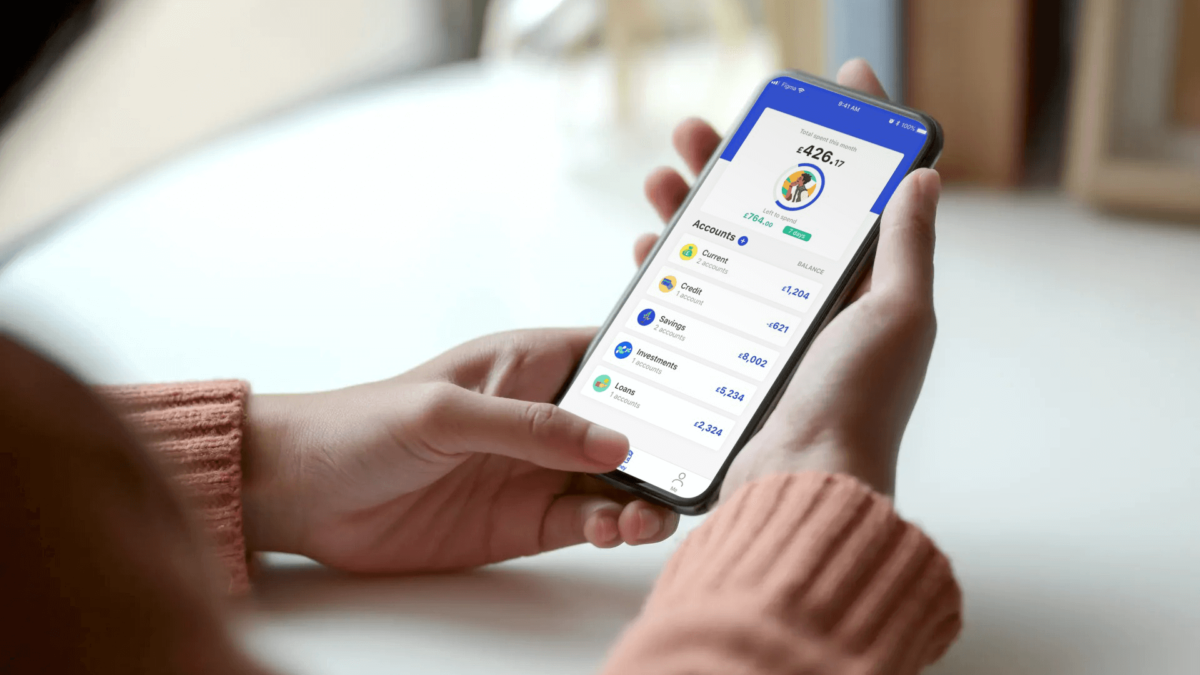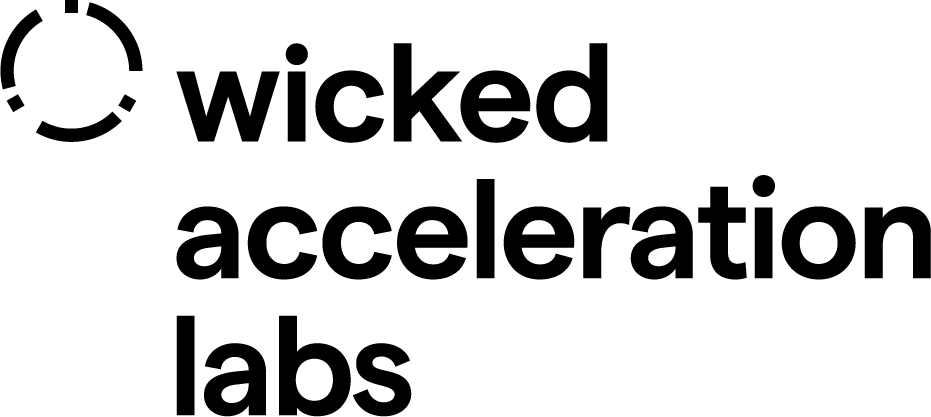Phase 4
Deliver Live Services
Emergent solutions brought to the market
An overview of our design approach
The efforts of the previous phase centred on assessing the user, and value hypothesis of the propositions through testing with the market.
This work also provided the space for the organisation to evaluate the implications of the propositions and engage in new ethical discussions about the role of the organisation.
All these factors combined with a careful strategic assessment, resulted in the appropriate selection of engaging and relevant concepts to take forward to this final phase.
The task of this phase is to convert the concepts into live services that can operate as ‘minimum viable’ versions of their future potential, (meaning a service that functions just enough to meaningfully trial the value proposition).
In doing so, the lab connects real functioning services to real people in the market, assessing in an uncontrolled environment how users would engage, What they would find valuable and most critically for this final stage — what impact the services could have.
This stage, therefore, shows whether the value propositions can be converted into live services that are not just engaging, but also effective in delivering agency, happiness or health outcomes.
The theory
However, there was less complexity in terms of managing what is provocative or futuristic. At this point, the concepts to be tested and developed were already backcast to a tangible and unprovocative state for most users.
This final phase uses similar practical methodologies as the previous one. This innovation process is also about the testing and development of concepts to rapidly deliver them and it is largely tied to the lean development methodology.
Therefore, the methodology applied here was to build, measure and learn.
- Formulate hypotheses or assumptions based on the previous stage and build MVPs as experiments that could challenge these assumptions.
- Measure the outcomes of the experiment, collecting data and observations.
- Synthesise learnings from the collected data to build knowledge, inform the overall concept and reformulate hypotheses to be tested in another cycle.
As with the previous stages the assumptions to be tested were of varying kinds.The three main categories were:
- the user hypothesis (the target user segment appropriate);
- the problem hypothesis (the problem identified is worth addressing); and,
- the value hypothesis (the solution for tackling the problem is engaging and effective).
These were all tested to a degree in the previous round, but here the user hypothesis and problem hypothesis can be more robustly challenged with the existence of functional prototypes and the value hypothesis can be more legitimately divided and assessed in terms of its effectiveness or impact and how engaging it is for users. In other words, this stage not only asks ‘do the users want it?’, but also, ‘Does it work for them?’. This level of exploration can only be conducted once you are able to prototype a user experience that can be used, rather than when it’s simply a proposition of a service.
The process
In this phase, the two units refer to two different organisational structures or vehicles for the development of live services. Unit 1 refers to work done in-house, and Unit 2 refers to work done through Innovation RCA (The RCA’s startup incubation centre). Broadly, both processes have the same objectives of going from developed value propositions into live services, but their initial steps vary.
For the in-house unit of work, the initial stages are about aligning the project with the clients organisational strategy and reframing the value proposition and hypotheses to get the most valuable placement of the service and the most meaningful research outcomes.
For the Innovation RCA unit, the initial stages are about the mechanics of forming a legal entity, setting up shareholder agreements and managing intellectual property etc.
Once these initial stages are worked through, both organisational options operate in a similar process of creating MVPs or prototypes that enable them to experiment with the market in some way, so as to prove or disprove their hypotheses. Based on these experiments they can interpret results, decipher new learnings and proceed in an increasingly less risky direction.
This process eventually leads to larger investments in the development of a product that can operate as an autonomous service in a live marketplace. The results of which enable the client and both types of organisational structure to robustly understand the value and the impact of the services they are developing, and can thus move forward decisively.
Phase 4: Deliver Live Services
Choose a unit to explore
Unit 1: Developing Services In-House
Unit 2: Incubating in InnovationRCA
Case Studies

Live Services
Hold
Hold is an app that gives people the personal space to let out whatever is on their mind and relax knowing that it is stored safely. It helps people give structure to their internal dialogue making self reflection become more effective.





